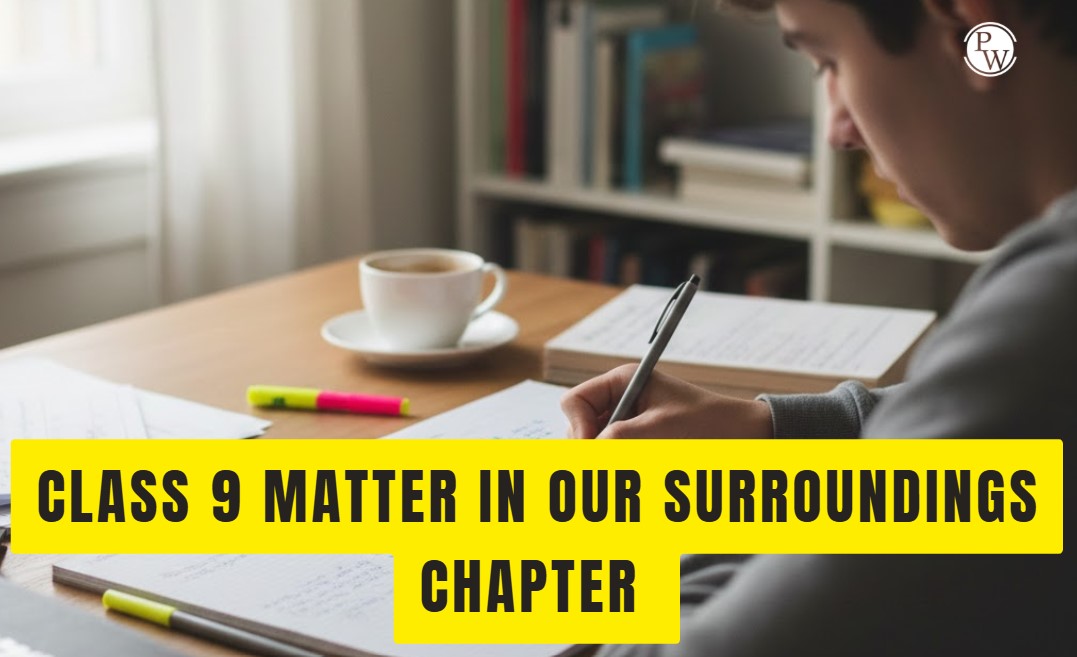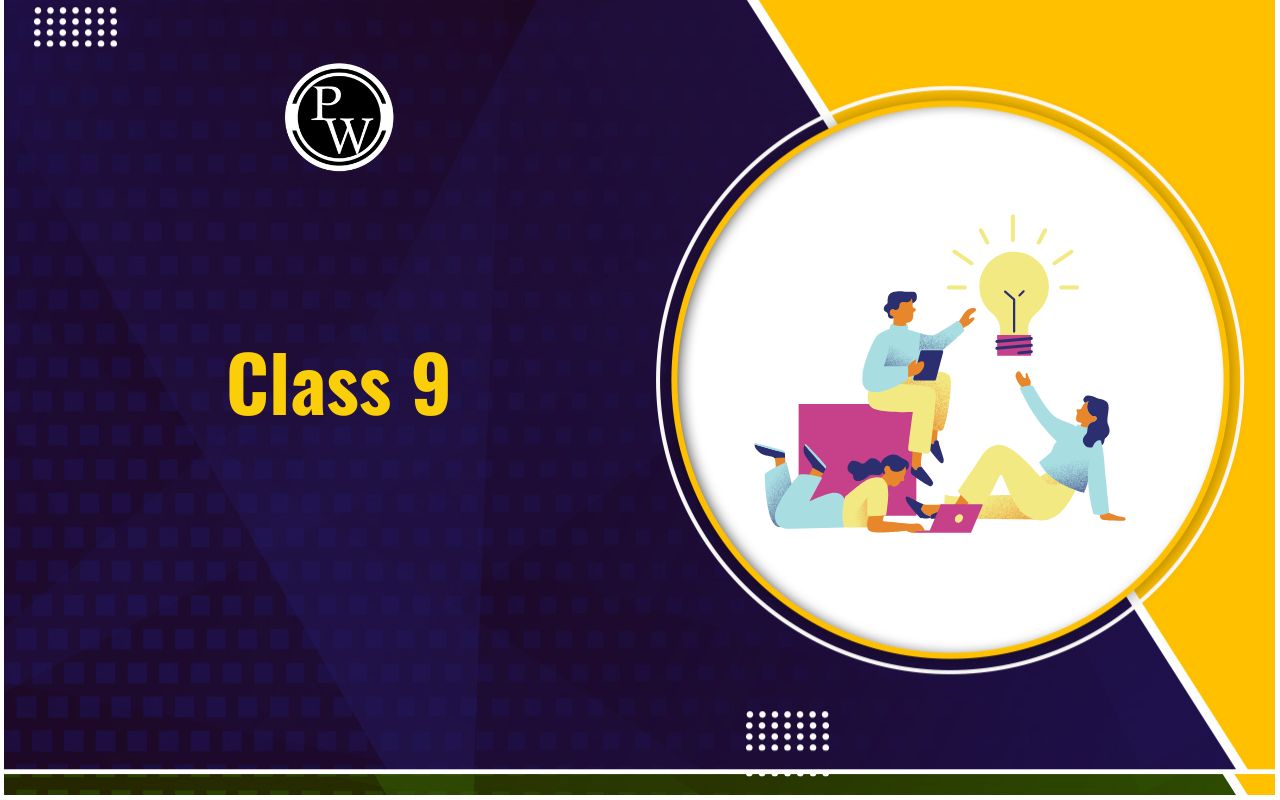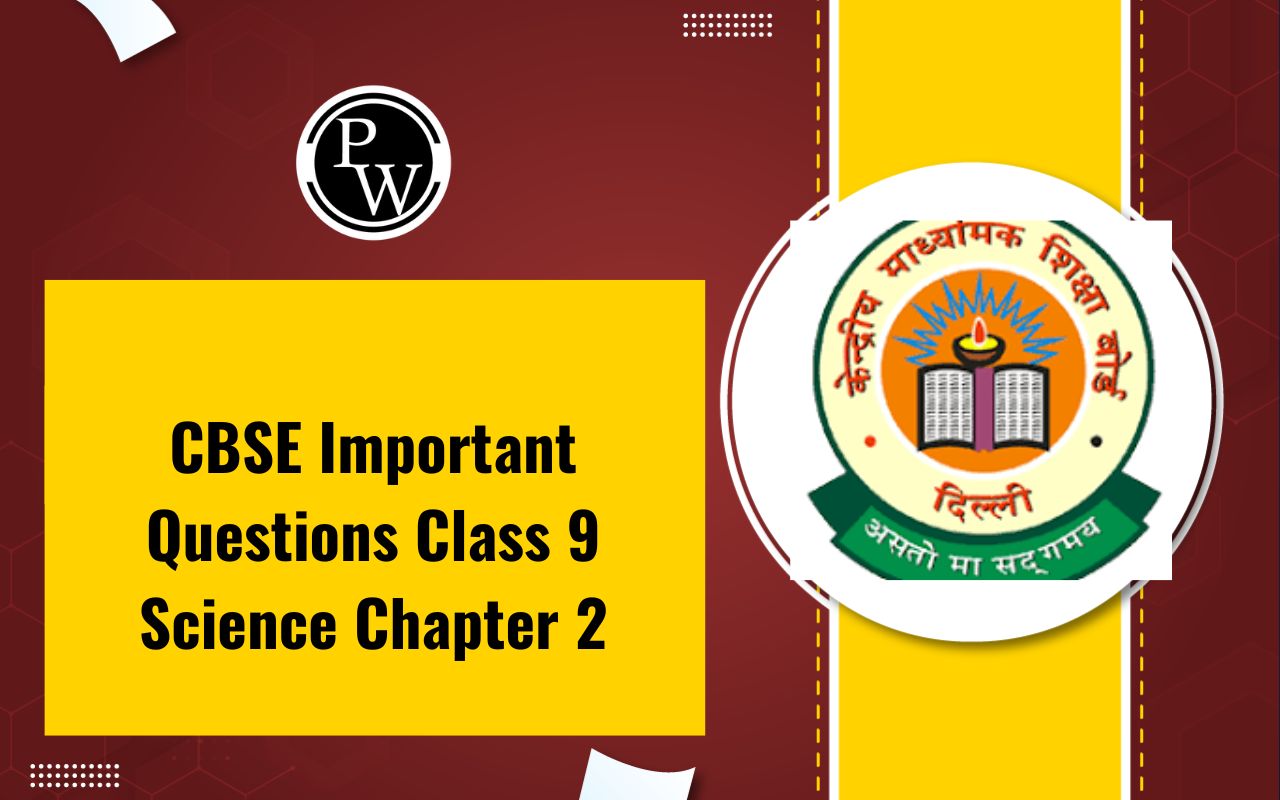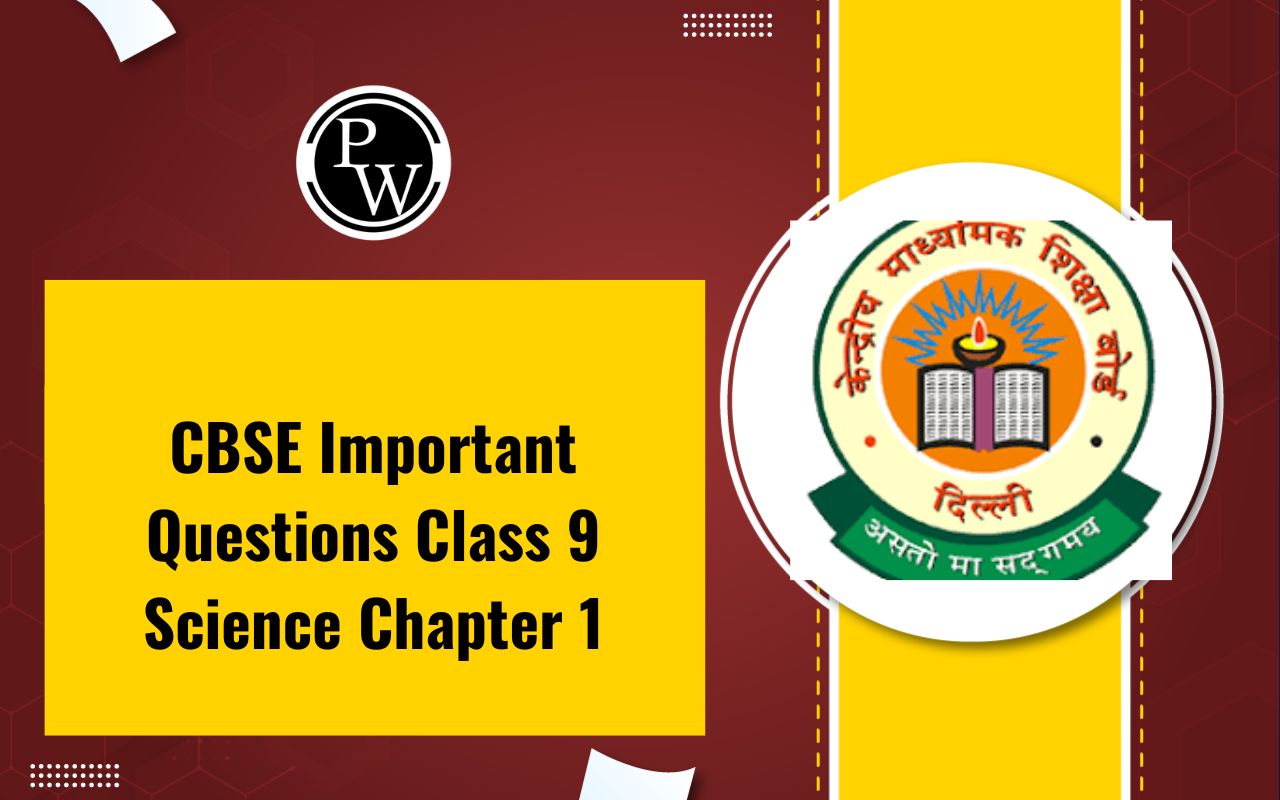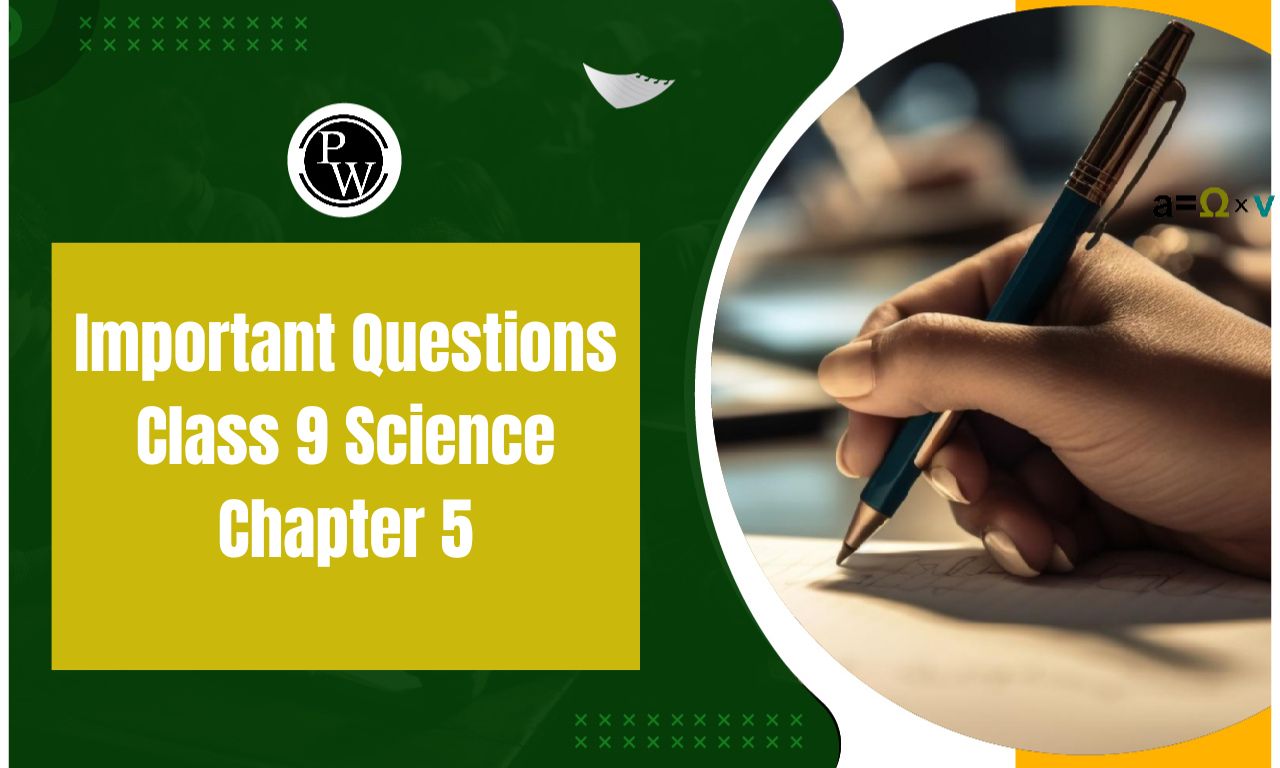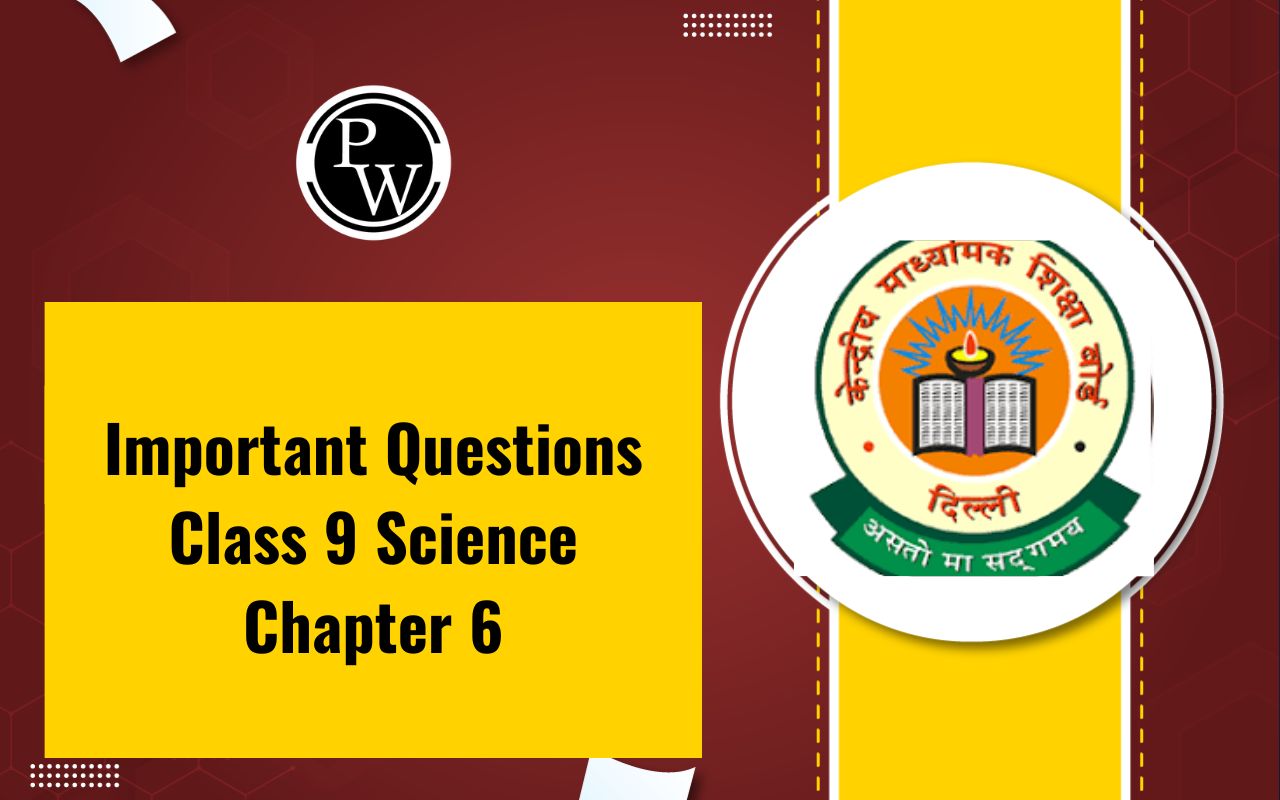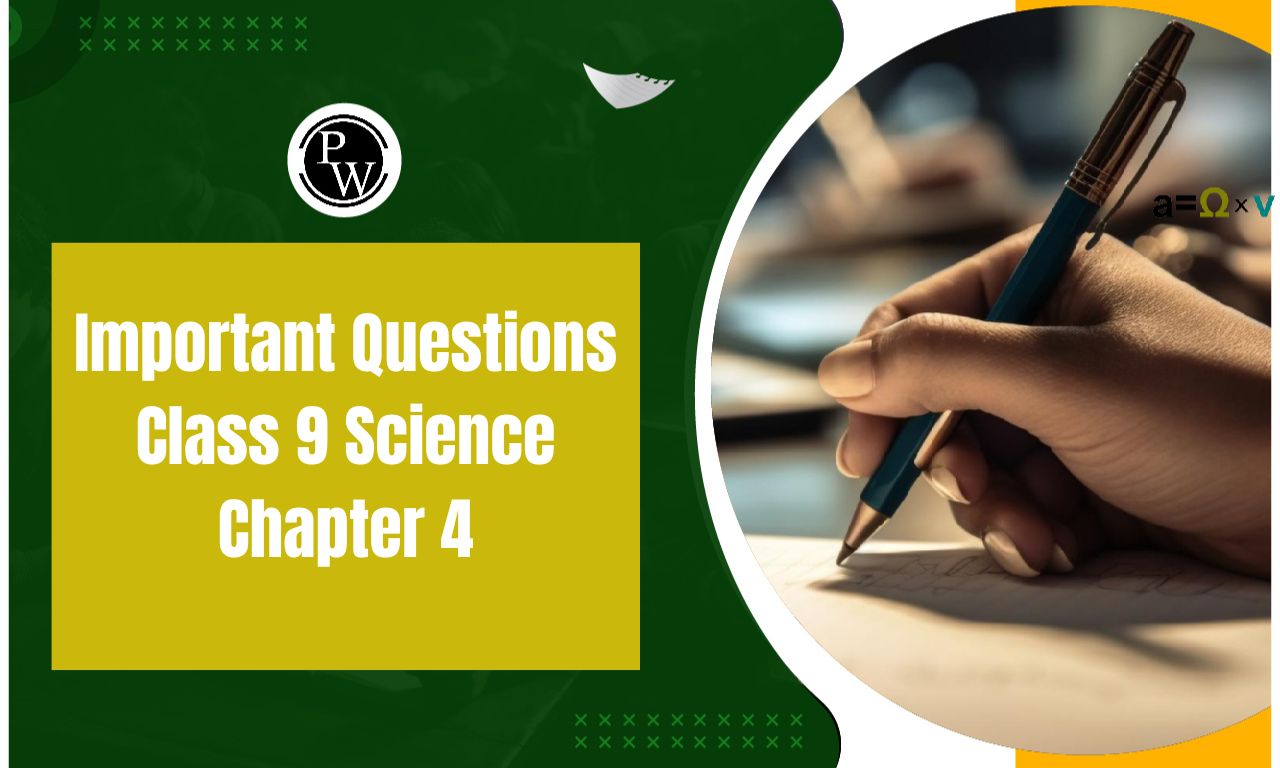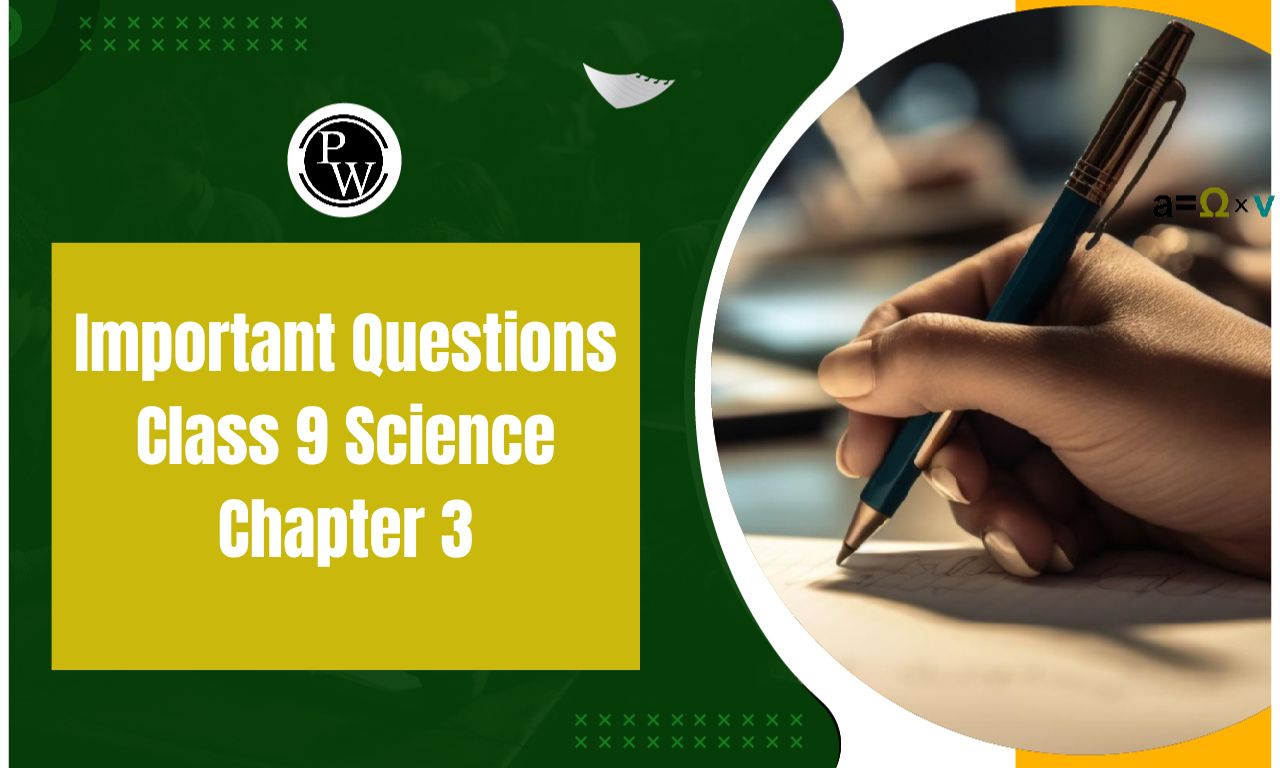
NCERT Solutions Class 9 English Chapter 2: These are the NCERT Solutions Class 9 English Chapter 2 The Sound of Music. They cover every question in the textbook Beehive and are completely accurate and dependable. To do well on the textbook questions, you must have a firm grasp of them. To have a thorough knowledge of the textbook questions, download the printable PDF versions of these NCERT Solutions for Class 9 English.
With the help of these extensive NCERT Solutions, prepare for the exam. To learn even when you are offline, download a printable PDF of the solutions. Our subject-matter specialists have created the NCERT Solutions for Class 9 while adhering to the rules established by CBSE.NCERT Solutions Class 9 English Chapter 2 PDF
Using the NCERT Solutions Class 9 English Chapter 2 The Sound of Music link, you can get these NCERT Solutions Class 9 English Chapter 2 in PDF format for free. Additionally, we ensure that the NCERT Solutions Class 9 English Chapter 2 is created to satisfy several requirements that a reviewer often looks for. This ensures that the solutions are extremely relevant.NCERT Solutions Class 9 English Chapter 2 PDF
NCERT Solutions Class 9 English Chapter 2
Thinking about the Text
I. Answer these questions in a few words or a couple of sentences each.
Question 1. How old was Evelyn when she went to the Royal Academy of Music?
Answer: When Evelyn enrolled in the Royal Academy of Music, she was sixteen years old.
Question 2 . When was her deafness first noticed? When was it confirmed?
Answer: When she was just eight years old, her deafness was initially discovered. By the time she turned eleven, it was verified.
II. Answer each of these questions in a short paragraph (30–40 words).
Question 1. Who helped her to continue with music? What did he do and say?
Answer: She received assistance from percussionist Ron Forbes to carry on with her music. Instead of listening with her ears, he advised Evelyn to try to perceive it with her other senses.
Question 2. Name the various places and causes for which Evelyn performs.
Answer: In addition to her regular concerts, Evelyn gives performances in hospitals and jails. She teaches young musicians as well.
III. Answer the question in two or three paragraphs (100–150 words).
Question 1. How does Evelyn hear music?
Answer: Evelyn's body has multiple ways of receiving music. Ron Forbes asked her to try using her other senses to detect the music instead of her ears. He began by setting two large drums to different tones.
Evelyn became aware that her waist was where she could feel the lower drum and her waist was where she could feel the higher drum. After Forbes continued the same practice, Evelyn became aware that she could feel distinct notes in different parts of her body.III. Answer these questions in 30–40 words.
Question 1. Why did Aurangzeb ban the playing of the pungi?
Answer: Pungi playing became illegal by Aurangzeb due to the instrument's harsh, shrill sound.
Question 2. How is a shehnai different from a pungi?
Answer: The hollow stem of a shehnai is wider and longer than that of a pungi. Shehnai's body is riddled with holes.
Question 3. Where was the shehnai played traditionally? How did Bismillah Khan change this?
Answer: Shehnai was traditionally one of nine instruments in the naubat, or traditional ensemble, that was played at royal courts. It was performed at weddings and in temples.
It was introduced to the classical theatre by Bismillah Khan.Question 4. When and how did Bismillah Khan get his big break?
Answer: In 1938, Bismillah Khan's career took off when All India Radio was established in Lucknow. He started to play the shehnai frequently on the radio.
Question 5. Where did Bismillah Khan play the shehnai on 15 August 1947? Why was the event historic?
Answer: On August 15, 1947, Bismillah Khan performed the shehnai from the Red Fort. He was the first Indian to wave his Shehnai at the flag. Since it was India's day of freedom, the event was momentous. Pandit Jawaharlal Nehru was among those in attendance when Bismillah Khan performed Raag Kafi.
Question 6. Why did Bismillah Khan refuse to start a shehnai school in the U.S.A.?
Answer: Because he was unwilling to leave his native country, Bismillah Khan declined to open a shehnai school in the United States. He had an unshakable connection to the Ganga River, his hometowns of Dumraon and Benaras.
Question 7. Find at least two instances in the text that tell you that Bismillah Khan loves India and Benaras.
Answer:
Below are two passages from the text that demonstrate Bismillah Khan's affection for Benaras and India: He claims that he is always hankering to see Hindustan when he is abroad. He adds that the only places in Mumbai that come to mind for him are Benaras and the sacred Ganga.Related Links -
Thinking about Language
I. Look at these sentences.
• Evelyn was determined to live a normal life. • Evelyn managed to conceal her growing deafness from friends and teachers.Answer:
1. The school sports team hopes to win the competition.II. From the text on Bismillah Khan, find the words and phrases that match these definitions and write them down. The number of the paragraph where you will find the words/phrases has been given for you in brackets.
1. the home of royal peopleAnswer:
1. the home of royal people (1) royal residenceIII. Tick the right answer.
1. When something is revived, it (remains dead/lives again).Answer:
1. When something is revived, it lives again.NCERT Solutions Class 9 English Chapter 2 FAQs
How did Evelyn learn music?
What was the role of two large drums in Evelyn's life?
Who helped Evelyn to continue with music?


